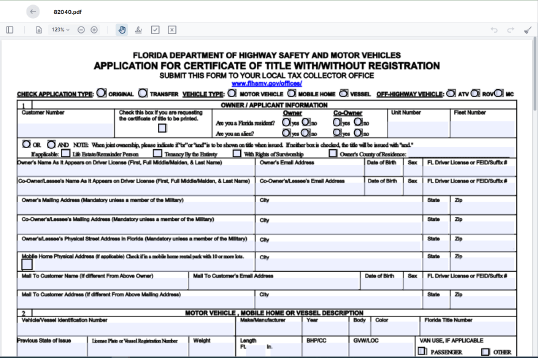Refugee and Humanitarian Forms
Form 1259i is one of application forms that are used in the process of seeking refugee status or humanitarian protection. These forms are utilized by individuals who are fleeing persecution, conflict, or other life-threatening circumstances and are seeking international protection and assistance. The specific forms and processes can vary depending on the country and its immigration policies, as well as the international conventions and agreements that govern refugee and humanitarian protection. Here are some examples of "Refugee and Humanitarian" forms:
Refugee Application Form: This is the primary form used by individuals seeking refugee status. It collects personal information, details about the individual's circumstances and reasons for seeking protection, and any supporting documentation or evidence.
Asylum Application Form: In countries where the term "asylum" is used to refer to the legal protection provided to individuals fleeing persecution, an asylum application form is completed. It includes information about the applicant's identity, background, and reasons for seeking asylum, as well as any relevant supporting documents.
Resettlement Application Form: Some individuals, particularly those living in refugee camps or in precarious situations, may apply for resettlement to a third country. Resettlement application forms gather information about the applicant's personal and family details, background, and reasons for seeking resettlement.
Family Reunification Forms: For individuals who have been granted refugee or humanitarian status in a particular country, there may be forms and processes to apply for family members to join them. These forms typically require information about the sponsor (the person already granted protection) and the family members being sponsored, as well as supporting documentation to establish the familial relationship.
Travel Document Application Form: Refugees or individuals with humanitarian protection who need to travel internationally may be required to apply for a travel document. The application form collects personal information and details about the travel plans.
Temporary Protection Application Form: In some situations, countries may offer temporary protection to individuals who do not meet the criteria for refugee status but are unable to return to their home country due to conflict or other exceptional circumstances. Temporary protection application forms gather information about the applicant's situation and reasons for seeking temporary protection.
It's important to note that the specific forms and processes for refugee and humanitarian protection can vary significantly depending on the country and its immigration policies, as well as international agreements and conventions. It is advisable to consult the relevant government agencies, refugee support organizations, or legal professionals for accurate and up-to-date information regarding the necessary forms and processes for seeking refugee or humanitarian protection in a particular country.

